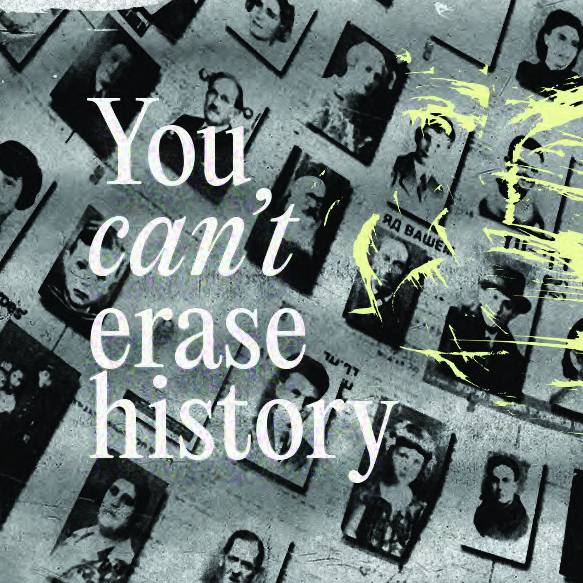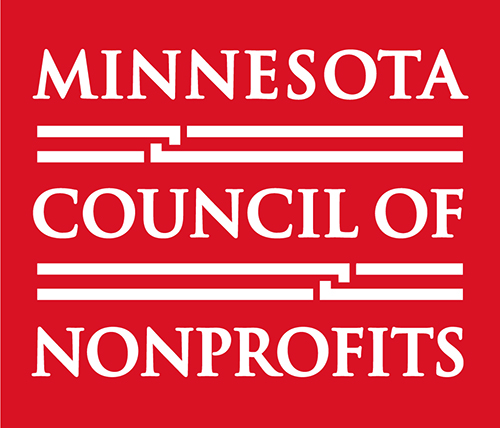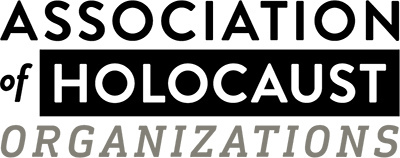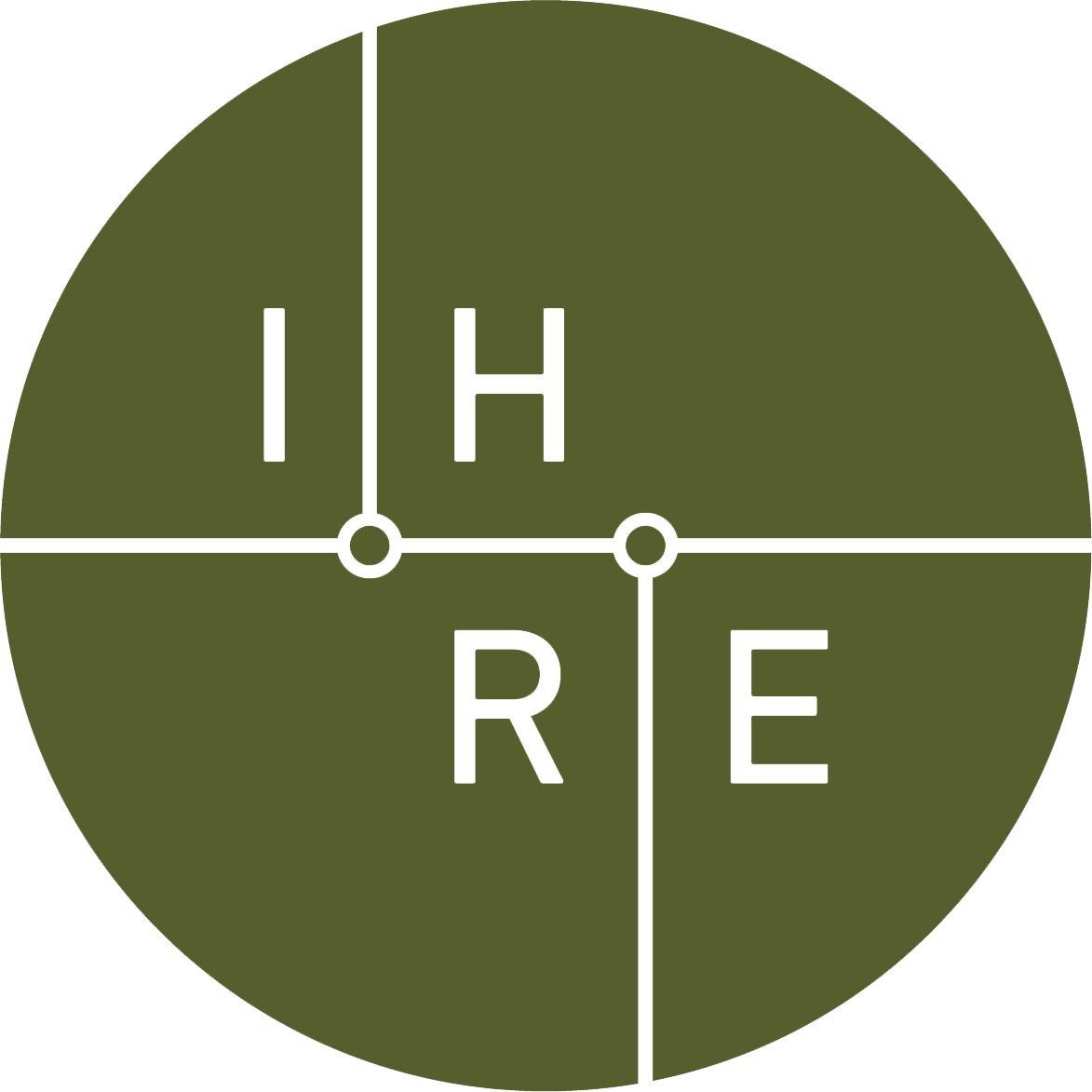Overview
Late in the evening of November 9, 1938, the Nazi Party unleashed the first mobilized and coordinated action of physical destruction and violence against the Jewish citizens of Germany and Austria. Throughout the night of November 9 and well into the day of November 10, roving bands of Germans vandalized thousands of Jewish businesses and homes and destroyed many of the Germany’s synagogues. Jews of Germany and Austria were humiliated, degraded, physically assaulted, and murdered. While the rioting carried on (and for several days after), approximately 30,000 Jewish boys and men were arrested and sent to concentration camps at Dachau, Buchenwald, and Sachsenhausen.[i] In addition to those murdered during the riots, hundreds more would perish while interned at these concentration camps.[ii] This action followed nearly six years of legalized discrimination against German Jews which stripped them of their citizenship and isolated them from their fellow non-Jewish countrymen and countrywomen.[iii]
[i] Alan Steinweis, Kristallnacht 1938 (Cambridge: The Belknap Press of Harvard University Press, 2009), p. 1; Martin Gilbert, Kristallnacht: Prelude to Destruction (Great Britain: HarperCollins Publishers, 2006), p. 139.
[ii] Saul Friedlander, Nazi Germany and the Jews, Vol. I: The Years of Persecution, 1933-1939 (New York: HarperCollins Publishers), pp. 275-276.
[iii] Gilbert, Prelude to Destruction, p. 269.
“Kristallnacht” is the most common name used to identify the action of November 9 and November 10 of 1938. Translated, “Kristallnacht” means “the night of broken glass” which is a reference to the shattered window glass that littered the sidewalks and streets in front of the Jewish shops and homes that had been vandalized in the evening.[i] Kristallnacht has also been referred to as the “November pogrom.”[ii]
But what is a pogrom? Historian Alan Steinweis offers the following definition:
“The word ‘pogrom’ originated as a Russian term suggesting acts of breaking, smashing, and plundering. It came into widespread use at the end of the nineteenth century to describe anti-Jewish riots in the Russian Empire. These pogroms were characterized by grassroots antisemitic violence that was condoned, if not originated by the authorities. Ordinary subjects of the Russian Empire lived in an environment in which antipathy to Jews and Judaism had deep cultural and religious roots. The unusually high representation of Jews in the commercial classes rendered them vulnerable to accusations of greed and exploitation. Russian authorities, for their part, were willing to encourage such hostility against Jews and to tolerate antisemitic riots.”[i]
Understanding the definition of a pogrom and its antisemitic nature, calling Kristallnacht the “November pogrom” is entirely appropriate. Especially when one considers the extensive damage and destruction to life and property. But there is an important historical significance to Kristallnacht because it was more than just a pogrom.
[i] Ibid., p. 2
Professor Raul Hilberg, the famous Holocaust historian, deemed a “pogrom” to be essentially an isolated action that “results in some damage to property and injuries to people, and that is all” whereas a “destructive process” is a set of actions through which each step gives rise to the next step.[i] British historian Sir Martin Gilbert states that “Kristallnacht was the prelude to the [process of] destruction of a whole people, and an indication of what happens when a society falls victim to its basest instincts.”[ii] The process of the Nazi Party’s utilization of legal means to discriminate against German Jews was, according to Sir Martin Gilbert, replaced on the eve of Kristallnacht
“by the first manifestations of direct, nationwide, physical violence, combined with arson, the destruction of property, the theft of property, the impoverishment of a whole community, physical assault, deportation, and mass murder. It was a brutal, hysterical, uninhibited assault on everything Jewish, on a far wider scale than hitherto, and yet only a prelude to something far larger still.”[iii]
Indeed, Professor Steinweis adds that an important part of Kristallnacht’s historical significance was that it was both “a pogrom and a step in the destructive process.”[iv]
[i] Ibid., p. 3 (citing and quoting Raul Hilberg, Destruction of European Jews, (New Haven: Yale University Press, 2003), Vol. I, p. 50).
[ii] Gilbert, Prelude to Destruction, p. 15.
[iii] Ibid., p. 269
[iv] Steinweis, Kristallnacht, p. 3.
Without a doubt, Kristallnacht was a pogrom. It was initiated, authorized, and orchestrated at the highest levels of the German government. The violence was perpetrated by members of the Nazi Party and groups associated with the Nazi Party and, often times, facilitated by German police. In the end, many of the non-Jewish bystanders joined in the rioting, destruction of synagogues, violence and against German Jews, and looting of Jewish homes and businesses. Although the destruction of synagogues and Jewish-owned shops occurred on a grand scale throughout Germany, the sheer terror inflicted against the Jewish people of Germany is often overlooked.[i] Officials from the Nazi party subsequently determined that ninety-one Jews were killed during the riots.[ii] However, this figure did not include the Jewish suicides nor those Jews who were arrested during the pogrom and would perish in concentration camps in the weeks and months following Kristallnacht.[iii] While murder was the most violent and criminal act carried out during Kristallnacht, the number of Jews who were severely beaten was far greater.[iv] No target was off limits to the rioting mob and such targets included children and the elderly.[v]
[i] Steinweis, Kristallnacht, p. 61; Friedlander, Nazi Germany, pp. 275-276.
[ii] Steinweis, Kristallnacht, p. 61.
[iii] Ibid.
[iv] Ibid., p. 73.
[v] Ibid., pp. 73-74.
Adding to the terror of Kristallnacht was the order from the upper echelon of the Nazi Party to arrest as many Jews as possible with a special target for such arrests on the wealthy Jews.[i] These Jews were not arrested for having committed or attempted any crime and they were subsequently imprisoned in concentration camps at Dachau, Sachsenhausen, and Buchenwald.[ii] It was well-known within Germany that these three concentration camps were horrible places, and their prisoners were subjected to cruel and inhumane conditions.[iii]
Not only was Kristallnacht a pogrom, it was, without a doubt, a major step, if not the turning point, in the destructive process that culminated in the Holocaust.[iv] Adolf Hitler called for the actions on Kristallnacht because he believed that such a pogrom would quicken the process of Jews emigrating from Germany to other countries.[v] In the weeks that followed Kristallnacht, the Nazi government enacted several policies to accelerate the “Aryanization” of Jewish-owned property and increase Jewish emigration from Germany. The most glaring example of such policy was the German government’s determination that German Jews would bear all of the costs of repairing their businesses, that the government would confiscate all payments made by German insurance companies for insured damage caused during the riots, and that the German Jewish citizens would have to pay, collectively, a contribution of one billion Reichsmarks to the government.[vi] Not long thereafter, on January 30, 1939, Adolf Hitler gave a speech prophesizing the destruction and annihilation of European Jewry if another world war started. Despite the open and widespread antisemitism unleashed by the Nazi Party against the Jews of Germany, very few nations of the world condemned the violence and antisemitism or took action to alleviate the Jewish refugee crisis which swelled in the aftermath of Kristallnacht.
[i] Nazi Conspiracy and Aggression (Washington D.C.: United States Government Printing Office, 1946), Vol. III, Doc. No. 374-PS, pp. 277-278.
[ii] Steinweis, Kristallnacht, p. 91.
[iii] Ibid.
[iv] Gilbert, Prelude to Destruction, p. 15; Friedlander, Nazi Germany, p. 270.
[v] Steinweis, Kristallnacht, p. 3.
[vi] Friedlander, Nazi Germany, p. 281; Gilbert, Prelude to Destruction, p. 146.
It is important to remember Kristallnacht because it has long been regarded as the turning point in Nazi persecution of Jews from governmental policies of discrimination and isolation to an era of outright violence and destruction of European Jews. Kristallnacht was a major red flag indicating trouble ahead and was a public foreshadowing of the violent antisemitism and destruction to come.
Questions:
Can you relate the events of Kristallnacht to any current events? If so, how?
What do you feel or think of when looking at the photographs of burning synagogues? Vandalized stores? Men being marched into captivity after being arrested?
What do you think the bystanders in the photos are thinking?
What do you think you might have done if you were there in 1938? What would you do if events like those that occurred on Kristallnacht actually happened today?
[1] Alan Steinweis, Kristallnacht 1938 (Cambridge: The Belknap Press of Harvard University Press, 2009), p. 1; Martin Gilbert, Kristallnacht: Prelude to Destruction (Great Britain: HarperCollins Publishers, 2006), p. 139.
[2] Saul Friedlander, Nazi Germany and the Jews, Vol. I: The Years of Persecution, 1933-1939 (New York: HarperCollins Publishers), pp. 275-276.
[3] Gilbert, Prelude to Destruction, p. 269.
[4] Steinweis, Kristallnacht, p. 1.
[5] Ibid., p. 1.
[6] Ibid., p. 2
[7] Ibid., p. 3 (citing and quoting Raul Hilberg, Destruction of European Jews, (New Haven: Yale University Press, 2003), Vol. I, p. 50).
[8] Gilbert, Prelude to Destruction, p. 15.
[9] Ibid., p. 269
[10] Steinweis, Kristallnacht, p. 3.
[11] Steinweis, Kristallnacht, p. 61; Friedlander, Nazi Germany, pp. 275-276.
[12] Steinweis, Kristallnacht, p. 61.
[13] Ibid.
[14] Ibid., p. 73.
[15] Ibid., pp. 73-74.
[16] Nazi Conspiracy and Aggression (Washington D.C.: United States Government Printing Office, 1946), Vol. III, Doc. No. 374-PS, pp. 277-278.
[17] Steinweis, Kristallnacht, p. 91.
[18] Ibid.
[19] Gilbert, Prelude to Destruction, p. 15; Friedlander, Nazi Germany, p. 270.
[20] Steinweis, Kristallnacht, p. 3.
[21] Friedlander, Nazi Germany, p. 281; Gilbert, Prelude to Destruction, p. 146.

Contact Us
"*" indicates required fields





